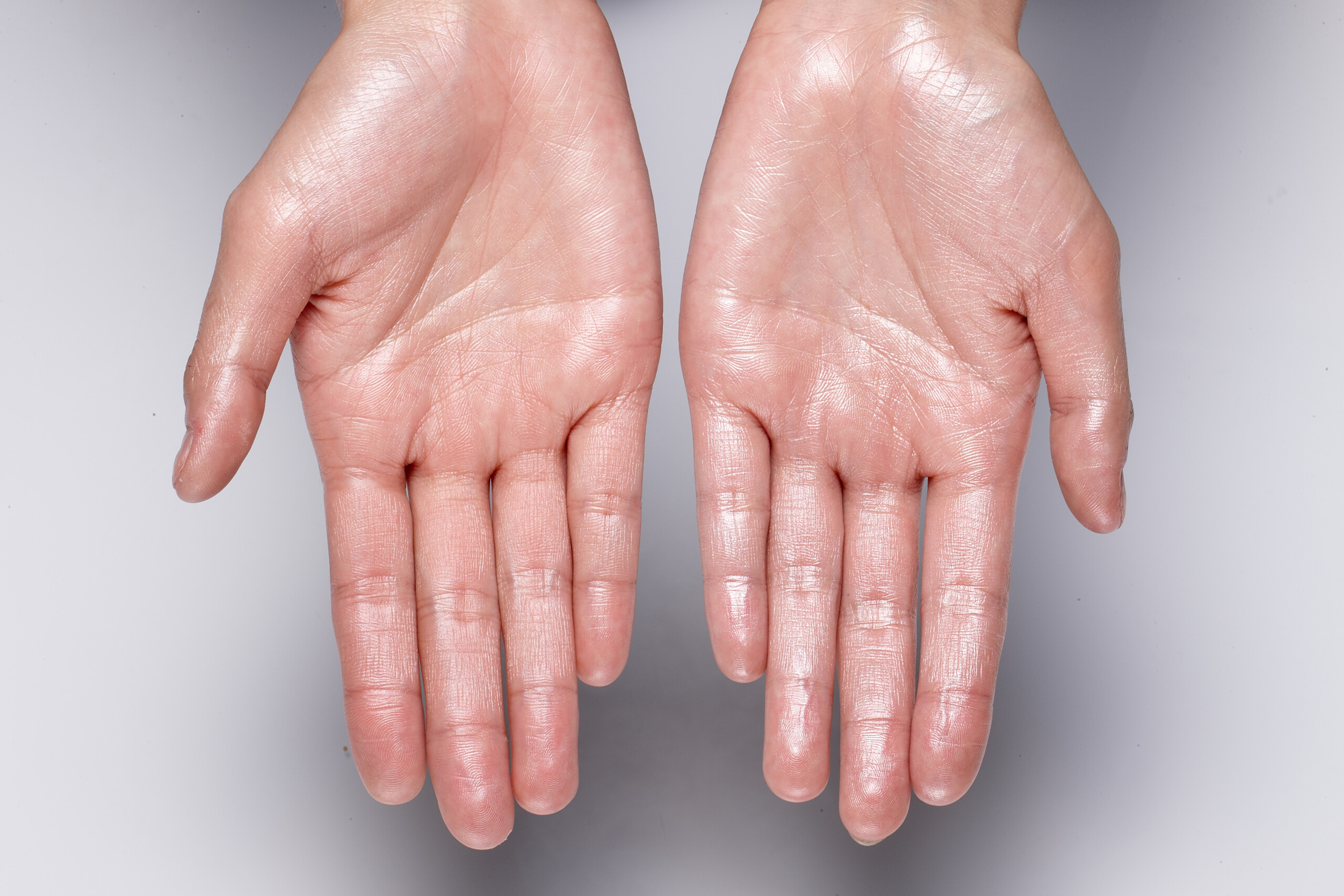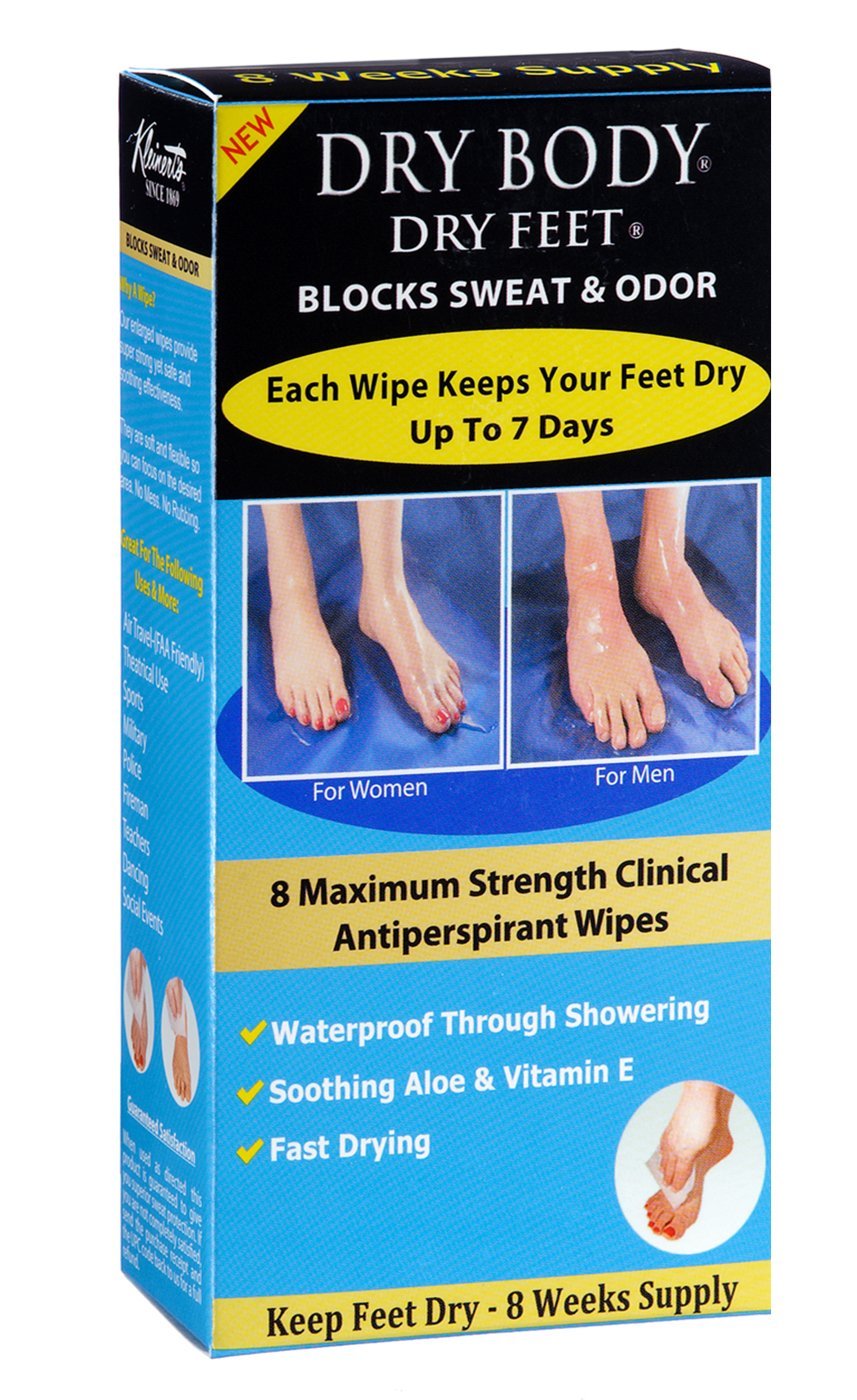Ideal Dermatology Approaches for Sweaty Hands Treatment: Tips and Techniques
Introducing the Complexities of Excessive Sweating: A Comprehensive Guide to Diagnosis and Management
Extreme sweating, medically recognized as hyperhidrosis, is a problem that impacts a significant variety of people and can have an extensive influence on their lifestyle. While sweating is an all-natural physical function, its overactivity in hyperhidrosis presents a special collection of obstacles that typically go past plain discomfort. Understanding the underlying causes, identifying the signs and symptoms, and browsing the diagnostic process for hyperhidrosis can be detailed tasks. In this comprehensive guide, we will explore the complexities of hyperhidrosis, from its diagnosis to the range of treatment choices available, losing light on efficient monitoring techniques for those grappling with this problem.

Understanding Hyperhidrosis Causes
Hyperhidrosis creates can be credited to different variables such as genetics, hormone imbalances, and particular clinical conditions. Genetics play a significant role in main focal hyperhidrosis, where people acquire the problem from their member of the family. This kind of hyperhidrosis commonly materializes in details locations like the palms, soles of the feet, underarms, and face. Hormone inequalities, specifically an over active thyroid gland or menopausal adjustments, can also activate excessive sweating. In addition, specific medical problems such as diabetic issues, cardiovascular disease, and infections can lead to additional generalised hyperhidrosis. These underlying health issues can interfere with the body's natural air conditioning system, creating the gland to become over active. Understanding the origin of hyperhidrosis is critical in diagnosing and successfully handling this condition. By identifying the details aspects contributing to extreme sweating, doctor can customize treatment strategies to address the underlying cause, using relief and boosting the lifestyle for people influenced by hyperhidrosis.
Identifying Hyperhidrosis Symptoms

Furthermore, hyperhidrosis symptoms may manifest in social and emotional distress, as people may really feel humiliated or anxious regarding their sweating, resulting in avoidance of social circumstances (Exessive Sweating). Furthermore, repeated episodes of excessive sweating can lead to skin maceration, fungal infections, and a total decline in self-esteem
Diagnostic Process for Hyperhidrosis
Initiating the diagnostic process for too much sweating involves complete analysis of the person's clinical background and health examination. Asking about the onset, period, and sets off of sweating episodes is critical to set apart in between key focal hyperhidrosis and second generalized hyperhidrosis. Case history should additionally consist of concerns concerning drugs, medical conditions, and family members history of hyperhidrosis.
Throughout the checkup, specific interest is paid to the locations affected by sweating. The health care service provider may assess the degree of sweating, check for indicators of underlying conditions, and review the impact of sweating on the person's high quality of life. In addition, specific tests like the gravimetric examination, starch-iodine test, or skin conductance measurements might be conducted to quantify the quantity of sweat produced.
Moreover, in situations where secondary hyperhidrosis is believed, additional examinations such as blood examinations, pee examinations, and imaging researches might be recommended to recognize the underlying reason of too much sweating. The diagnostic process intends to properly determine the kind and source of hyperhidrosis to direct proper management methods.
Treatment Options for Hyperhidrosis
When resolving too much sweating, numerous therapy choices are readily available to alleviate signs and symptoms and improve the individual's lifestyle. The treatment technique for hyperhidrosis relies on the intensity of signs and the person's feedback to first Treatment for hyperhydrosis of hands treatments.
Topical treatments, such as aluminum-based antiperspirants, are typically advised as the initial line of defense for managing moderate situations of hyperhidrosis. For people with more severe symptoms, oral drugs like anticholinergics may be prescribed to aid lower sweating.

Effective Administration Approaches
To properly handle hyperhidrosis, a individualized and thorough treatment strategy customized to the client's particular demands and action to previous therapies is necessary. Iontophoresis, entailing the usage of a low electric present to lower sweat gland task, can be helpful for both palmoplantar and axillary hyperhidrosis. A multidisciplinary strategy entailing skin doctors, main care medical professionals, and, if needed, doctors, can maximize the management of hyperhidrosis.
Final Thought
In final thought, hyperhidrosis is a problem defined by too much sweating, which can significantly impact a person's high quality of life. With correct medical diagnosis and monitoring approaches, people suffering from hyperhidrosis can locate alleviation and boost their overall well-being.
Too much sweating, clinically understood as hyperhidrosis, is a problem that influences a substantial number of people and can have a profound effect on their quality of life. By recognizing the details elements adding to too much sweating, medical care suppliers can customize treatment plans to resolve the underlying reason, providing alleviation and enhancing the high quality of life for individuals impacted by hyperhidrosis.
Hyperhidrosis, defined by too much sweating past what is necessary for managing body temperature level, can significantly impact an individual's top quality of life. Making inquiries regarding the onset, period, and sets off of sweating episodes is vital to differentiate in between main focal hyperhidrosis and second generalised hyperhidrosis. Treatment for hyperhydrosis of hands.In final thought, hyperhidrosis is a condition characterized by extreme sweating, which can substantially impact an individual's quality of life